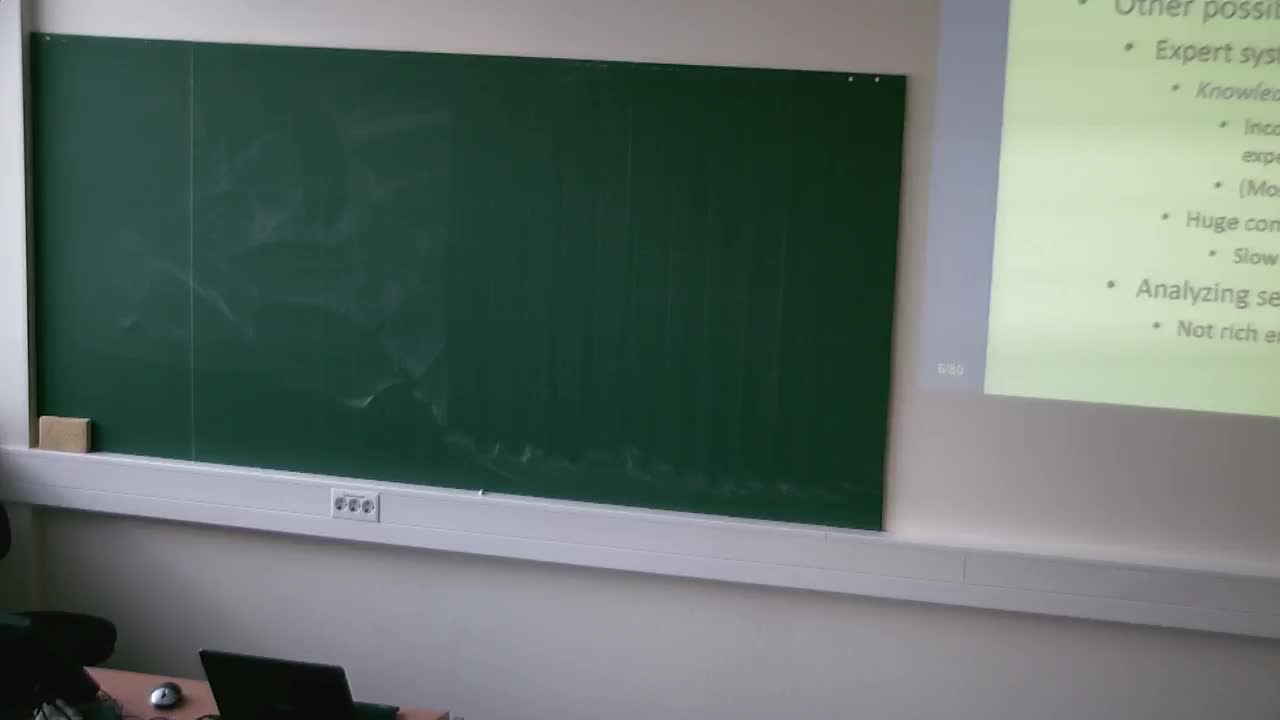Dette systemet er ikke lenger i aktivt bruk og har blitt erstattet av Panopto i løpet av sommeren 2023. Les mer her.
| Dato | Tittel | Foreleser | Emne | |
|---|---|---|---|---|
 |
5. oktober 2017 Kl. 10.15 180 min A153 |
Anomaly detection 2: Statistical methods - non-parametric | Slobodan Petrovic | IMT4204 |